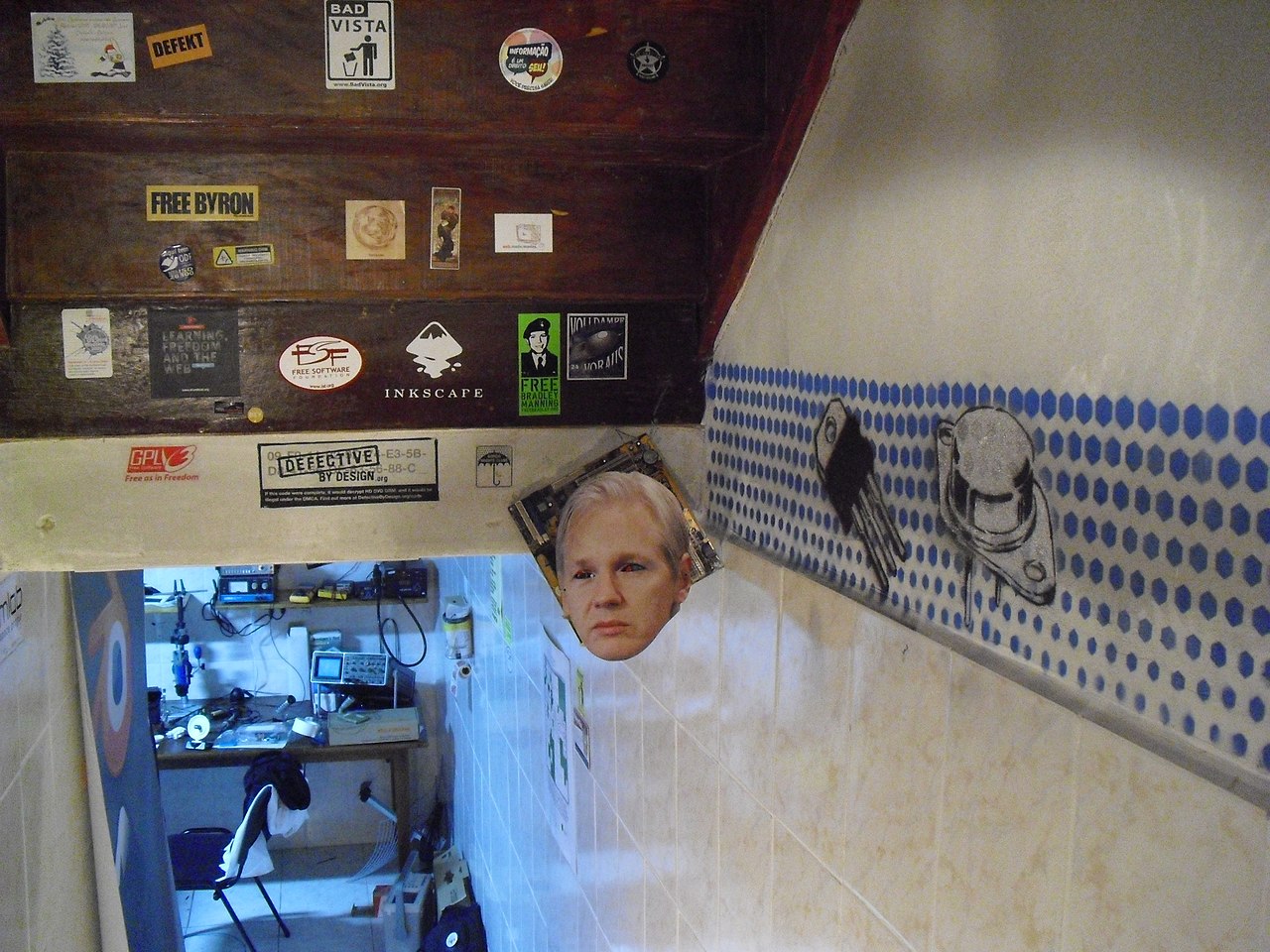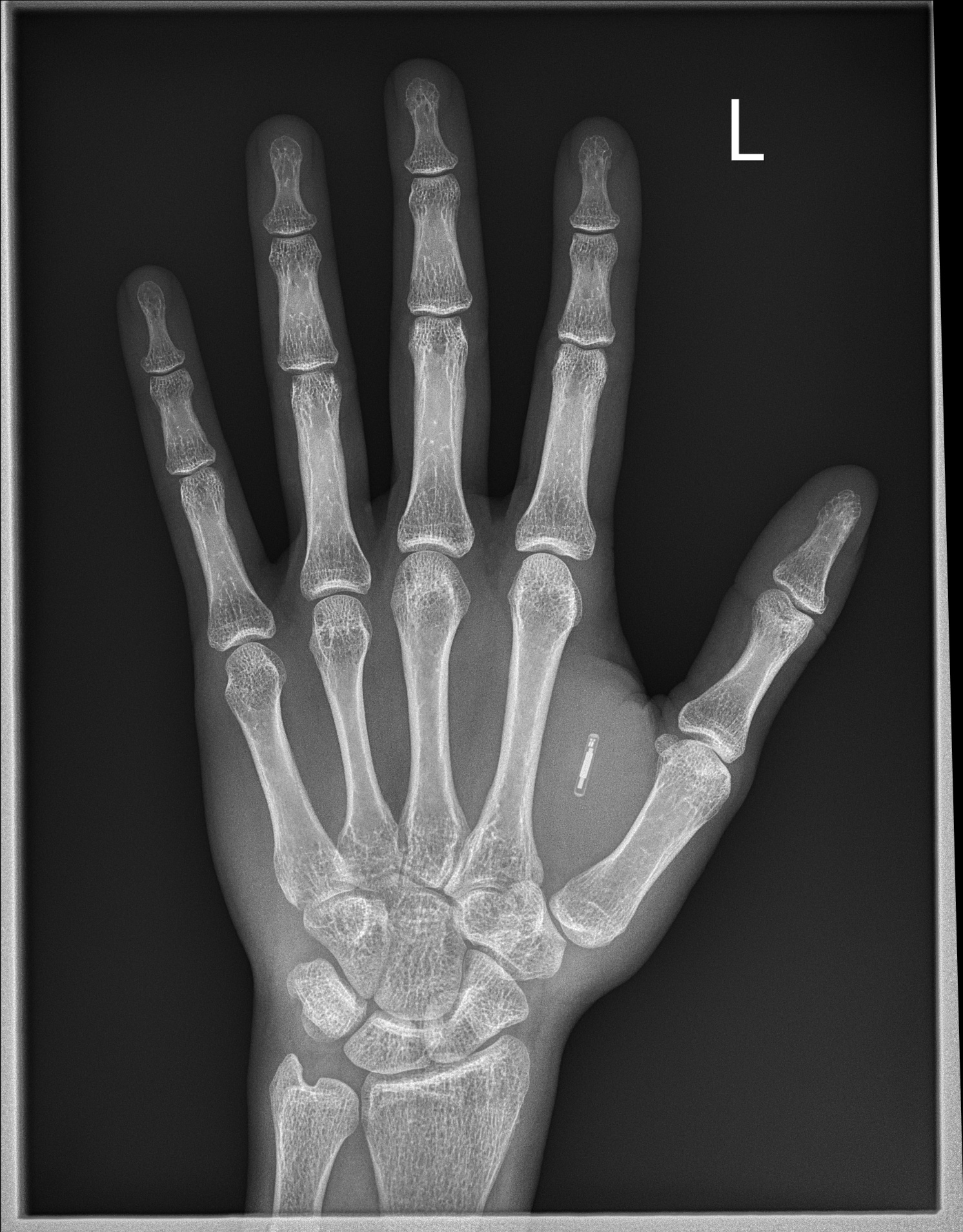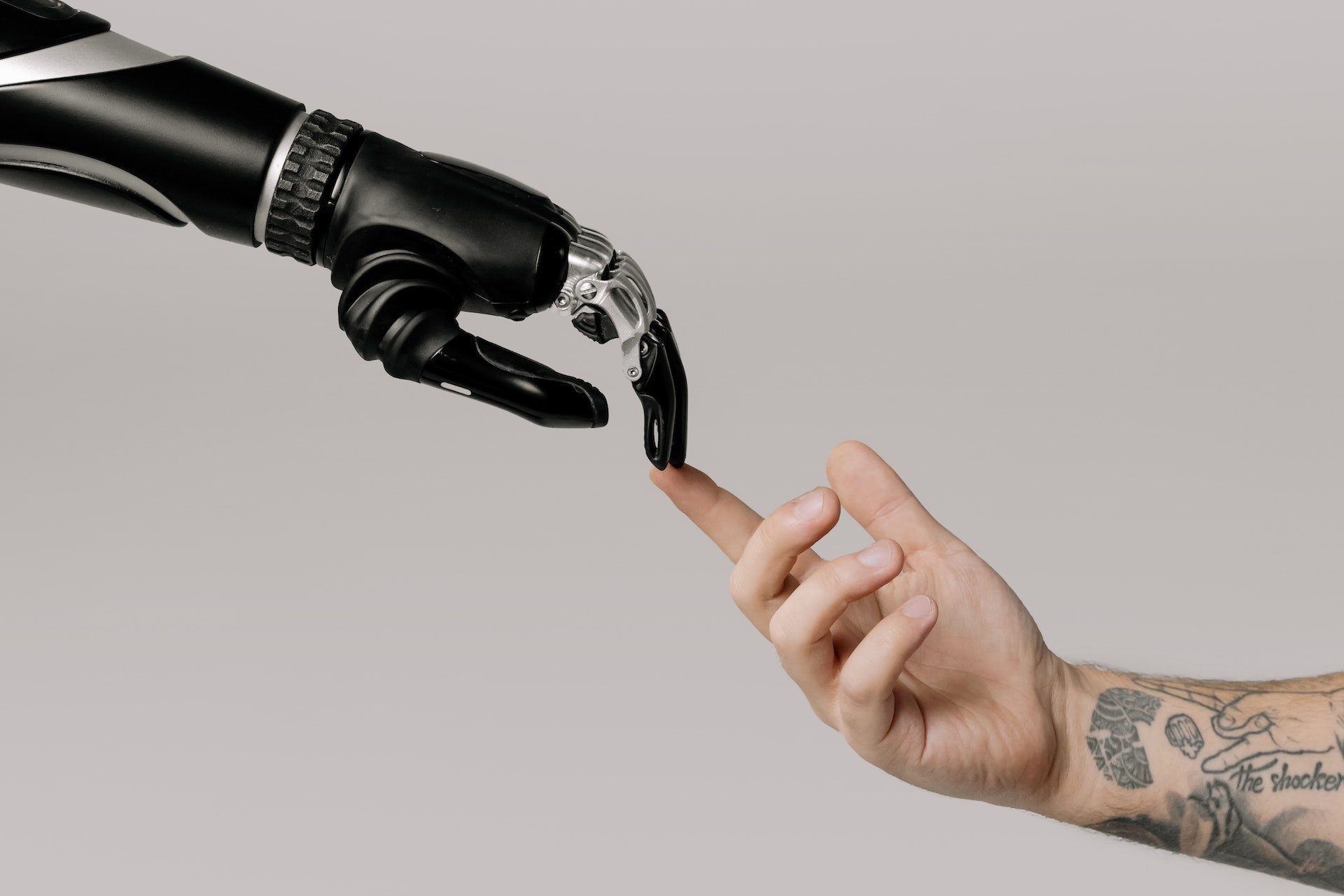The year is 2017. In São Paulo, near Pinheiros station, information security expert Raul Candido enters a corridor with graffiti walls and neon signs. He carries a box with an X-ray film under his arms. He is in Garoa Hacker Space and will place his first chip.
Raul is part of a growing Brazilian community experimenting on their bodies. Biohacking is a movement that mixes biology with a culture of hacker experimentation and the search for new features.
In Garoa, Raul Candido enters through a room with an arcade and passes a kitchen. There are stickers everywhere. On the refrigerator door it says, “If you’re going to post your experiences here, label them well so no one will mistake them for a snack.”
Inside, some 3D printers and benches with various tools share space with a biohacker wheel, including anthropologist Clarissa Hack, journalist and visual artist Rita Wu, synthetic biologist Eduardo Padilha.
But Raul walks up to Gutemberg Nunes, an information security and body piercing specialist. The procedure is fast and everything they need comes in the kit imported from abroad: material to sterilize the environment, a syringe and a chip protected by a biocompatible glass capsule.
The search for new functions for the human body

Technically, an implant is any foreign part that is inserted into the human body. They can be used to add, replace or replace a function in the body, often for aesthetic or medical purposes.
But bio hackers are really interested in finding more creative uses, such as a cryptographic key to activate lights or trigger emergency calls, archive health data, bitcoin wallet number, Tinder contact details, and even pay for Swedish train company STW’s transportation ticket. , has already adapted to the trend.
Raul uses a radio frequency implant from Dangerous Things and a proximity communication protocol. He used the device for the first time to store a poem. In another, he quoted an excerpt from the book Os Dias da Peste, written by his friend Fábio Fernandes.

He says he first heard of the implants during BSides, a hacker event that took place in São Paulo. He soon became interested in the subject and a few months later went to Garoa Hacker Space to have the implant.
Since then, it has been following the growth of the bioattack scene in the country. “Biohacking goes far beyond taking a drug or injecting a particular implant, but understanding how we relate to technology and our bodies,” he explains.
Tupiniquim biohacker movement
Juliano Sanches is a researcher at Unicamp (Campinas State University) and studies the Brazilian biohacker community. According to him, the movement consists of people who are interested in changing the performance of the human body, guided by ethical principles such as open source and free software applied to the principles of the biological sciences.
The group is associated with other terms such as Garage Medicine or Do-It-Yourself Biology (Do It Yourself) and became popular in the United States in 2005.
In Brazil, biohackers are anthropologists, biologists, physicists, computer scientists, and in many cases chronic disease patients seeking solutions that established medicine cannot offer.

Raul Candido is one of those Brazilians who started looking at their own bodies and asking unconventional questions. The biohacker movement is slowly spreading across the country and has grown organically in recent years, according to Raul.
One of the factors that led to this popularity is the internet. Today, there is no longer any need to go to Garoa in São Paulo to find a place to chat on the subject.
Groups on Telegram, blogs like Hacker Culture or events like BSides and H2HC gather information for those who want to learn more about the topic. And who knows, try to hack the organism itself.
Source: Tec Mundo
I am Bret Jackson, a professional journalist and author for Gadget Onus, where I specialize in writing about the gaming industry. With over 6 years of experience in my field, I have built up an extensive portfolio that ranges from reviews to interviews with top figures within the industry. My work has been featured on various news sites, providing readers with insightful analysis regarding the current state of gaming culture.












